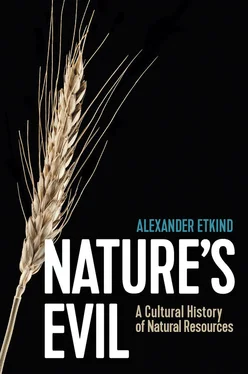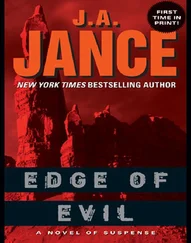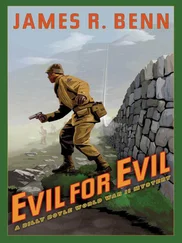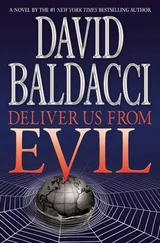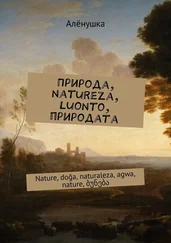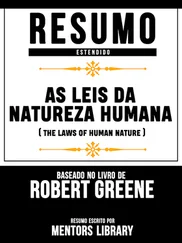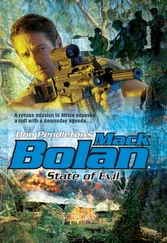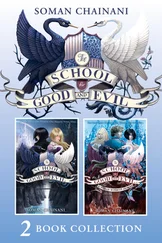The leading characters in this book are unusual: peat and hemp, sugar and ore, cod and oil. Raw materials of different sorts are at once elements of nature, components of the economy and engines of culture. Civilised life is built out of them. Their specific characteristics explain the conduct and experience of societies through history. The state has a special relationship with them. This is the main subject of my book. As we follow the story of these commodities we will encounter many booms and even more busts. From earthly flints to lunar soil, people have learnt how to use many things that they they originally had no clue about; exchanging these products according to need and want, they have involved in this circulation more and more different sorts of matter. This is a general process of commodification , but it worked in vastly different ways, depending on the nature of the commodity. Every crisis in the supply of raw materials leads to the ruin of some and the enrichment of others. The state accumulates grain so that, in a time of famine, it can distribute it to the people; people hoard gold, hoping to hide their wealth from the state; and everybody counts on order and stability. But when a famine, epidemic or insurrection happens, resources are redistributed according to new rules which nobody could have predicted. When Tiberius killed the mine-owner in order to give loans to the landowners, he saved the property rights of some by destroying those of others. Rulers knew only too well what the money changers didn’t realise: that different sorts of capital aren’t equal even if their exchange value is the same.
The owner of a silver mine might have more sesterces than all the landowners in the empire. But an individual producer of silver can be declared an enemy, his mines can be occupied and his capital seized, while there are so many producers of grain that it would be suicidal to make enemies of them. Silver is a topical resource : it creates wealth from a particular point on the earth for a comparatively low input of labour. Grain, on the other hand, is a diffused resource , demanding much land and a big investment of labour. 2The difference in space- and labour-intensity is huge, but the sums involved, calculated in monetary units, may be equivalent. Still, silver is no more equal to grain than it is equal to air. When there’s a shortage of silver, the rich suffer. When there’s a shortage of grain, the poor suffer. When there’s a shortage of air, we all suffer. Money changers think of money as if it were a universal equivalent; rulers rely on the qualitative differences between commodities. Different natural resources have different political characteristics.* It may well be that silver sesterces didn’t stink. But if you smell a dollar bill or a rouble close up, as if you were smelling a flower, you will catch a whiff of oil from both.
Any product – grain, a table or a smartphone – consists of raw materials extracted from nature and the labour invested in its production. The table is made of wood or plastic; the smartphone contains more than a hundred different alloys and plastics. The production of goods or services requires energy, which is produced by the physical effort of humans or animals, or by burning coal or gas. Unlike labour, which conforms to rules and lends itself to generalisations, raw materials have always been a matter of chance discoveries, distant journeys, successful ventures or, alternatively, disasters. The ambitions of rulers, the caprices of nature, the mistakes of scientists, the cupidity of managers, all culminated in the sovereigns finding themselves tête-à-tête with their mines, fields, boreholes, while the intermediaries were sacrificed.
An economy that deals in metals is different from an economy based on textiles, which is different again from an economy depending on oil. In the age of empires, each of the great economic machines concentrated on a particular form of natural resource. Embedded within the culture of its time, such a mono-resource defined the epoch. To this day, the speaker of the British House of Lords sits on the Woolsack. The artists of the Italian Renaissance honed their skills on rendering the play of light on fur and silk. Spanish portraits glitter with silver, while the paintings of Dutch artists capture the light falling on black broadcloth. In their paintings, the Russian masters portrayed bearded peasants, dwarfed by the vastness of the wheat fields, as inevitably as Venetian artists depicted palatial storehouses and canals and Victorian artists steam engines and smog, symbols of the coal economy. Following the economic law of comparative advantage, this ever-growing specialisation helped nation-states and empires to acquire the things they lacked through trade or colonisation; but then a resource shift would arise, and the more exclusive the previous specialisation, the worse the crisis that followed. Viewed over the long course of its development, capitalism is not a linear ‘production of commodities by means of commodities’. 3Rather, it is a series of world-shattering choices that focused the global economic machine on one of these commodities at the expense of many others, followed by another unexpected choice of the leading commodity and another revolutionary shift.
A specialisation in a chosen commodity turns it into a fetish , an obsession that saturates cultural imagery and directs economic practices. Karl Marx famously wrote about commodity fetishism, but the underlying process is much closer to the staple theory formulated by the Canadian sociologist Harold Innis (see chapters 3and 7). 4Bypassing the people, the mono-resource economy simplifies the cultural-political system by connecting the sovereign directly to his natural source of power. Using many examples, I will demonstrate how a dominating staple captures the cultural imagination, defines its symbols and fetishes, and shapes the kingdom’s second body .* The philosopher Bruno Latour describes a mononatural condition as the tendency of a civilisation to simplify its relations with nature. 5In contrast to this mononaturalism , multiculturalism brings internal complexity, diversity and disenchantment.
Economists have long been writing about the fact that natural resources are more like assets than goods. The price of a barrel of oil or an ounce of gold does not depend on the cost of its extraction any more than the value of an asset depends on the salaries of a bank’s employees. Other factors define the price of gold: the rate of inflation, festivals in India, the threat of war. In contrast, the price of goods reflects the labour of engineers, workers, retailers and researchers. Labour is law-abiding; nature is contingent and, sometimes, rebellious. Unlike labour or knowledge, natural resources have a habit of running out. Extraction begins with peak productivity: the sea teems with fish, grain grows effortlessly, gold gleams in creeks, oil gushes in fountains. At the start of any extraction cycle, there is an Eldorado. As the years go by the earth loses its fertility, the mines become ever more dangerous, and the boreholes ever deeper. The fish in the sea and the trees in the forest disappear as a result of ‘the tragedy of the commons’: people exhaust a precious resource, considering it limitless because it doesn’t belong to any one individual. 6But even an individual owner exhausts his land, which is the reason for agricultural techniques such as crop rotation. Owned privately or publicly, fountains of oil dry up and the oil has to be pumped out, while adjacent oilfields are usually less productive.
Discussing this effect, eighteenth-century economists formulated the ‘law of diminishing returns’. It applies only to the gifts of nature, while a reverse effect – ‘economy of scale’ – operates in relation to the products of labour: when manufacturing expands, productivity increases. Each ton of grain, silver or coal extracted is more difficult to get than the previous one; but every nail, boot or car produced is easier to make than the previous one. If a ploughman enlarged his field or added more fertiliser, then his expenditure per bushel of wheat would also increase; but if a miller increased his output of flour, his expenses per bushel would reduce. 7This was ‘a view of the world which filled with deep-seated melancholy the founders of our political economy,’ wrote John Maynard Keynes about a century ago. 8The imminence of climate catastrophe has added to these debates our most basic resources – air and water. During the nineteenth century, the per capita consumption of energy doubled; in the twentieth century it grew a hundredfold. But we’ll run out of air before we run out of oil. Critical theory becomes more radical as the pace of changes accelerates. Marring the present, the crisis transforms the understanding of the past. In the era of the Anthropocene, the neoliberal canon feels neither new nor liberal.
Читать дальше
